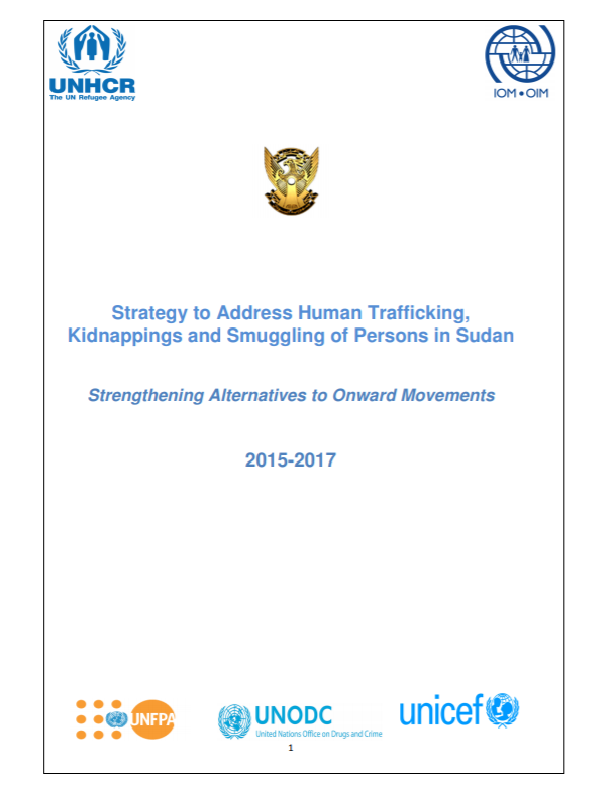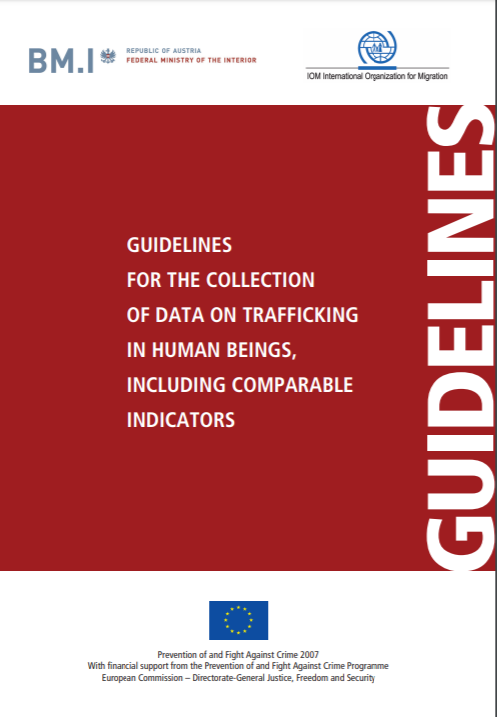Developing Standard Operating Procedures to Facilitate the Protection of Trafficked Persons

The overall objective of this framework document is to strengthen cooperation between IOM and UNHCR with respect to the identification and protection of victims of trafficking (VoTs). Specifically, the document intends to encourage the development of standard operating procedures between IOM and UNHCR at country level, and suggests a procedure for cooperation to ensure that the available expertise, capacities, and potential of each agency are effectively employed to deliver the best possible protection and assistance for victims of trafficking.The framework document highlights key areas for coordination and cooperation that are global in nature and should be adapted and adjusted to particular regional and national contexts. In particular, the document focuses on two areas where IOM and UNHCR play a key role: the identification of VoTs, the provision of protection and assistance and the promotion of sustainable solutions.
Country
Worldwide
Region
Worldwide
Year
2009
Topics








